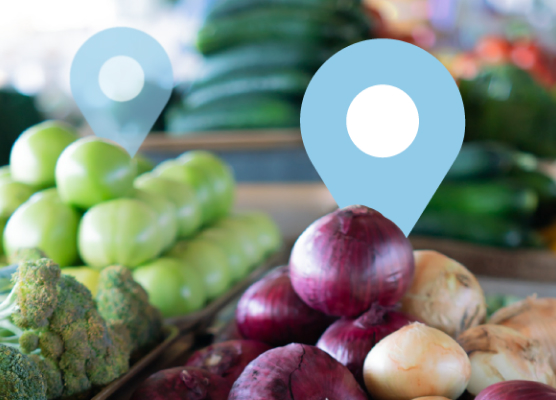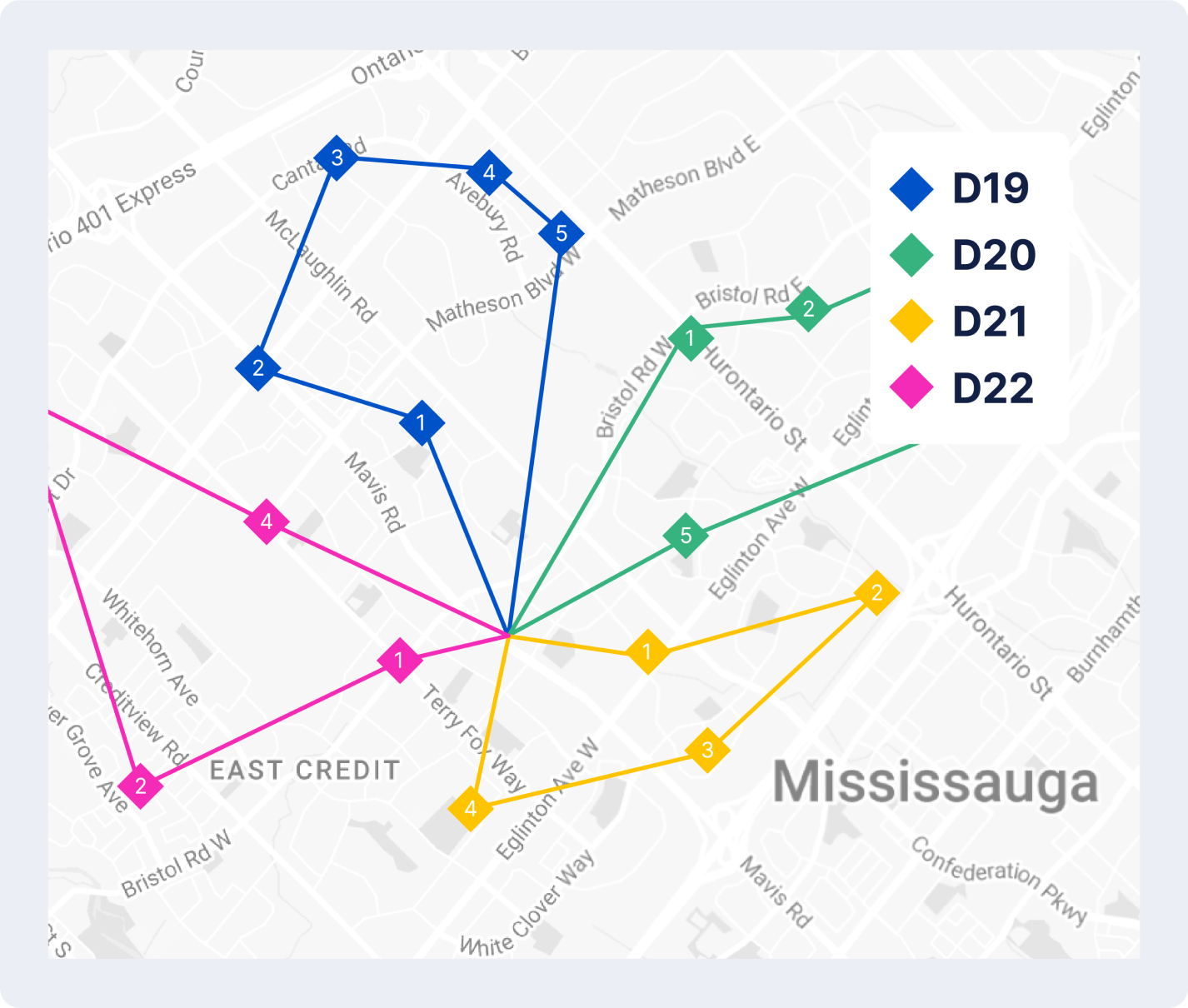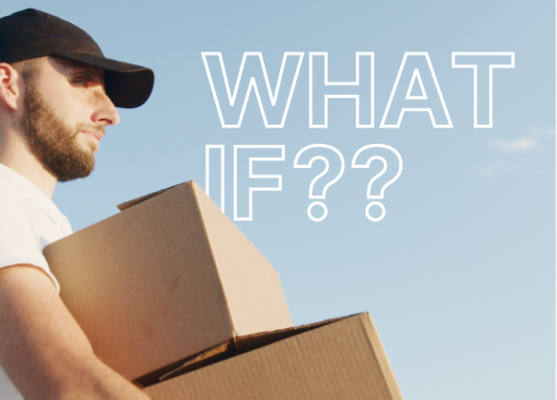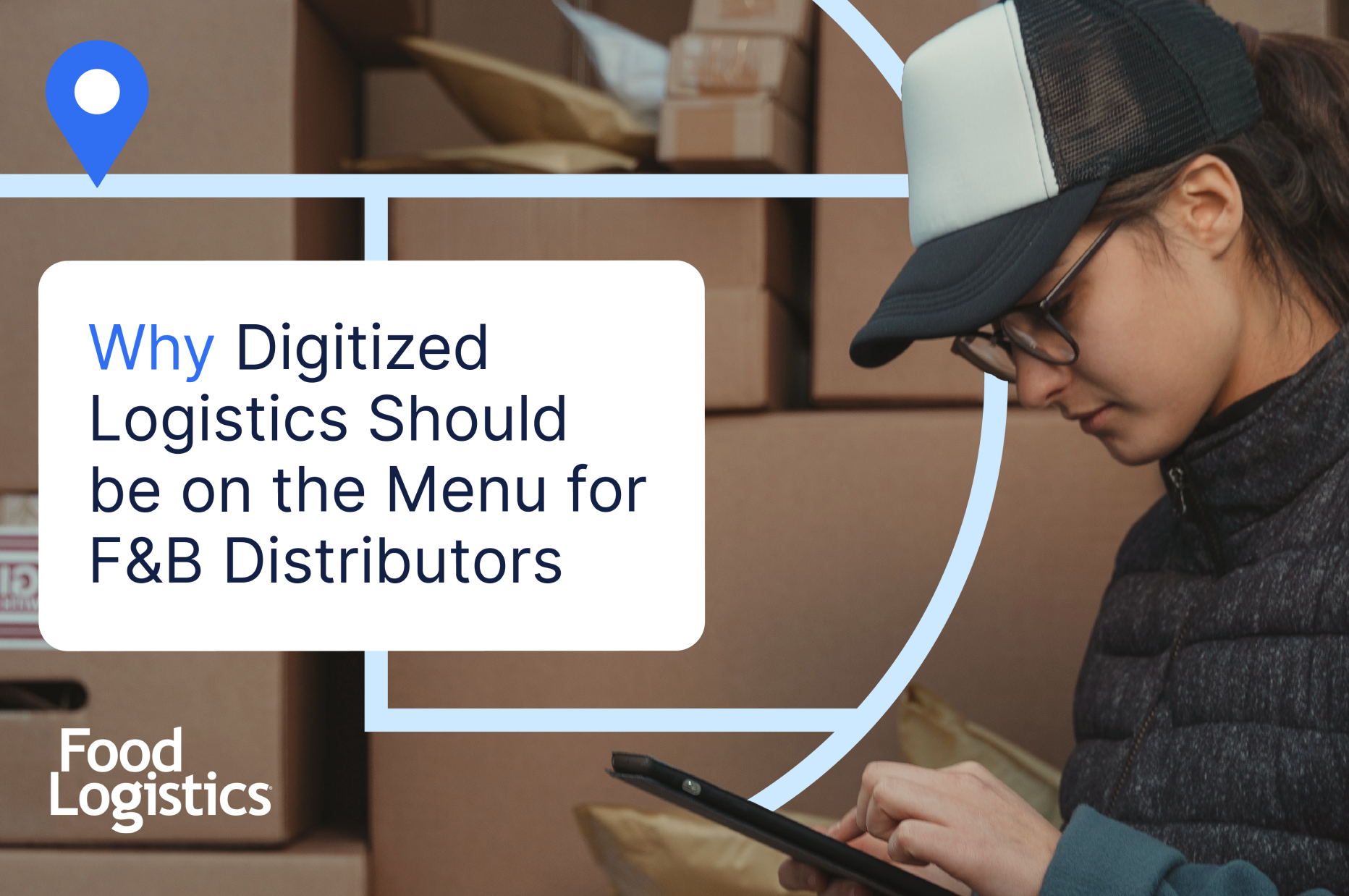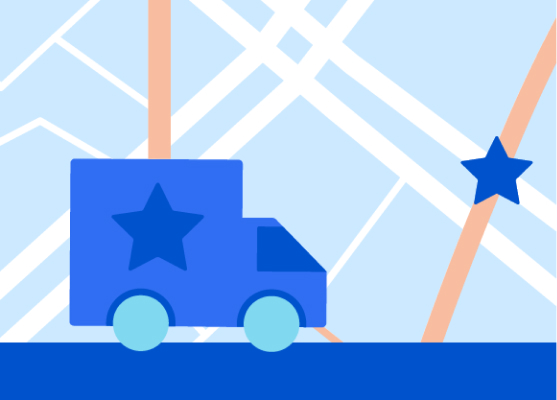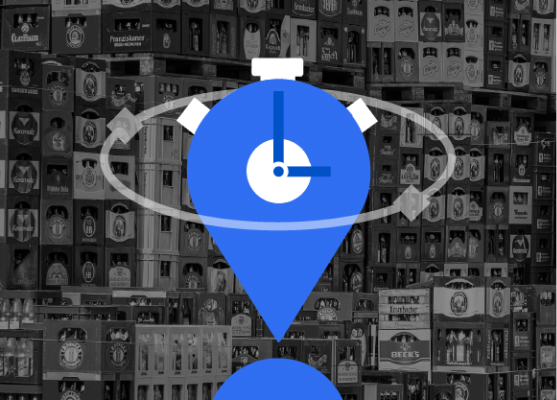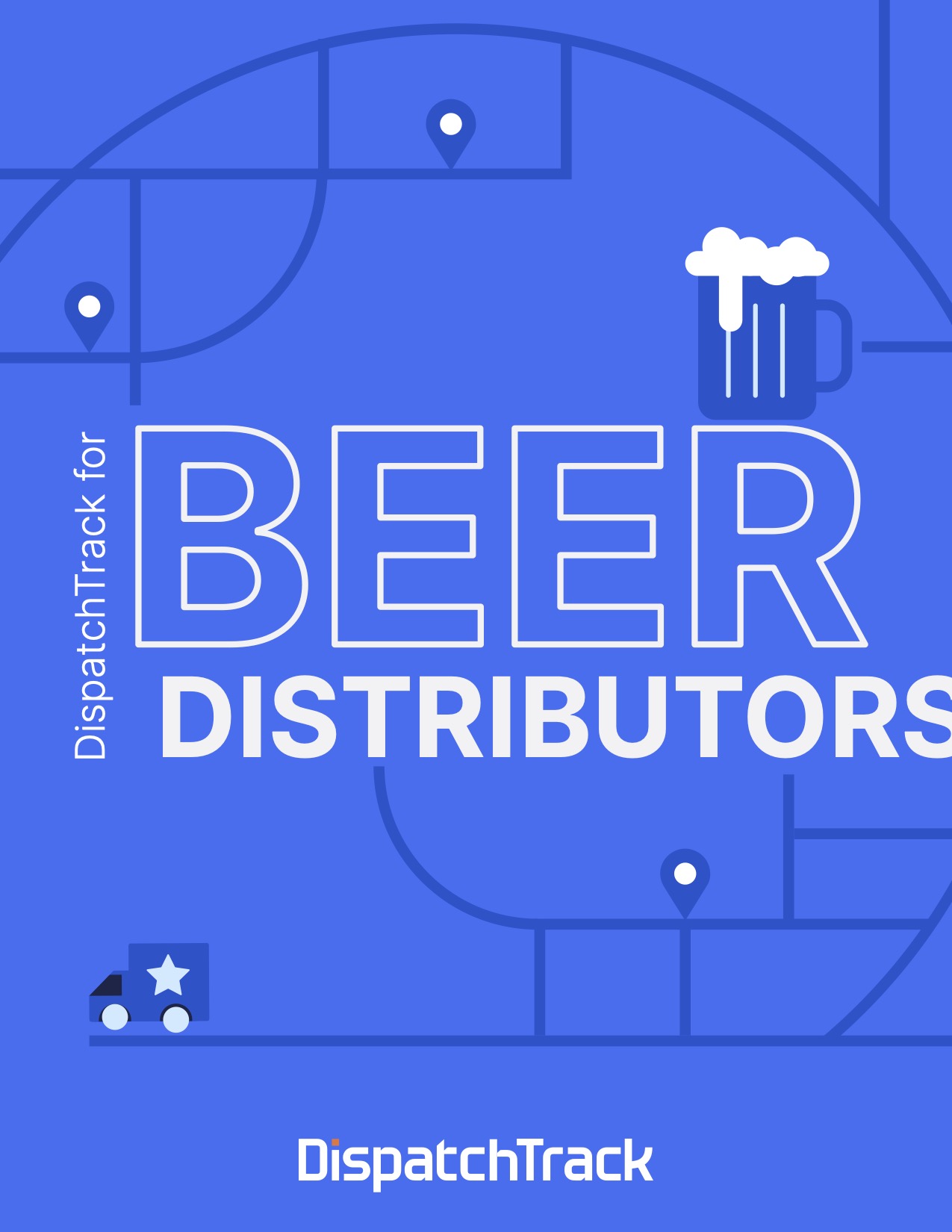Plan, Route, and Execute Within a Single Solution
In 10+ years of delivery optimization, we’ve learned a lot about how beer distributors can boost efficiency.
Get the guide or read on for insights.

FAST, EASY
Route Optimization
Beer distributors don’t need to spend weeks developing workable route plans—in fact, they really can’t afford to. You need to be able to move at the speed of business, and that means generating route plans in minutes and adjusting as needed without disrupting service to your top customers.
98%
ETA Accuracy
DispatchTrack's hybrid routing allows us to create more efficient routes in radically less time. And the results were immediate. We boosted our route efficiency, which translated into immediate savings.

LUIS PORTO,
Director, Operations Development

AI-POWERED
Territory Optimization
For too long, territory planning has been a slow, tedious process stuck in its own silo. When territory planning functions within a single-pane-of-glass with strategic planning and routing, beer distribution outfits can create efficient plans that are actually designed to be executed. When you add AI and SaaS technology into the mix, you can do it all in record time.
400%
Faster
Territory
Planning
MORE PROFITABLE STOPS WITH
Automated Delivery Costing
You can’t optimize what you can’t measure—which is why far too many beer distributors wind up making stops that lose them money. Getting your profit and loss sheet back in shape starts with automated delivery costing at the planning stage. When you can predict costs, you can plan to do more of what works and less of what doesn’t.
DispatchTrack has helped us save more than $120,000 in 2 years— and that’s before we even put a number on the time savings…

JIMMY PEREZ
Vice President,Operations

COST OPTIMIZATION VIA
Operational Efficiency
Successful deliveries don’t happen in a vacuum. They require close connections between planning and execution across functions.That means delivery, sales, and merchandising need total visibility and coordination.How do you make that happen? By leveraging one connected, agile, and intelligent delivery platform to boost efficiencies across the beer distribution process.
RELATIONSHIPS THAT LAST WITH
Unprecedented Levels of Customer Service
Distributors need to keep customers happy even as their needs evolve and their orders become less predictable.That means leveraging AI-powered planning to ensure that you deliver at the right time, every time—and backing it up with total visibility and dependability via automated customer notifications and live delivery tracking.

When our 2,500+ global customers make promises to their customers, we make sure they deliver. As a SaaS-native platform, we’re quick to deploy, quick to innovate, and totally committed to powering digital transformations for our food and beverage customers.
FAQ
Successful deliveries don’t happen in a vacuum. They require close connections between planning and execution across functions. That means delivery, sales, and merchandising need total visibility and coordination. So how do you make that happen?
Beer distributors need the ability to utilize one platform to schedule merchandiser visits, sales stops, and deliveries. Users need the ability to schedule merchandisers to be onsite at the time of delivery, or several hours after, and give merchandisers the ability to record key details about their visit using a mobile app if desired. With sales, you want the same thing: the ability to create routes that are informed by delivery plans and give sales personnel visibility into delivery and merchandising.
With the DispatchTrack solutions for sales and merchandisers, you can break down the functional silos that make it difficult to coordinate a world-class delivery experience that includes delivery, sales, and merchandising touchpoints—meaning you can more effectively measure—and optimize—delivery cost from a holistic perspective.
For businesses that regularly distribute to the same accounts, purely dynamic routing doesn’t make sense. The trouble is: static routing doesn’t work either.
Yes, on paper the average beer distributor is doing a lot of recurring business and making the same stops week in and week out—but, in point of fact, there are constantly going to be changes in delivery volumes, special requests, off-day deliveries, and holiday swells in demand to contend with. Static routes are designed to be just that—static—which means that making all these necessary adjustments to the plan requires a herculean effort.
That’s where hybrid route optimization comes in. By pivoting towards a hybrid of static and dynamic routing, you can do exactly that. You can flexibly meet the needs of your top customers—i.e. sending the same driver to the same location at the same time every week, with adjustments in volume and occasional off-day deliveries—while filling out your routes in a flexible way that ensures a reasonable cost-to-serve. When you use the technology underlying AI-powered dynamic routing to adjust and perfect static routes templates, you can begin to gain the efficiency and cost saving benefits of dynamic routing without starting your routes from scratch (and risk unhappy customers) every day.
Profit margins in beer distribution are typically razor-thin, which means you can’t afford to spend $50 delivering a $35 keg of beer. Unfortunately, gaining enough visibility into the last mile to accurately measure cost per stop or calculate your most profitable accounts is often difficult or impossible with legacy technology.
Simply put, when you have the right data in the right place, this is something you can automate. If you’re able to track delivery costs within the same solution you’re using to plan routes, you can estimate delivery costs at the planning stage, and then compare your actual performance after the fact. The trick is find a solution that’s intuitive and easy to use while offering the processing power required to handle any and all delivery data you can throw at it.
Every beer distributor is different—and your technology stack is going to be unique to the particulars of your business. At the same time, there are a handful of best practices that will typically apply for consolidating your IT:
- Concentrate on the cloud: cloud-native applications save you the IT costs that come from running your applications in house—but they also set you up for easier integration and data sharing between systems.
- Look for fast, powerful, scalable applications: When you have the capabilities to create routes and perform reroutes at lightning speed, streamlining your processes (and therefore your technology) is only a step away. Often, this comes down to finding apps that have serious processing power and are architected to handle high volumes as needed.
- Focus on user-friendliness: High-quality UX doesn’t have to come at the expense of functionality. On the contrary, solutions that make it easy for users to do what they need to do to excel at their jobs actually improve your organization’s capabilities.
- Seek out innovation:This doesn’t mean following the latest trends. Rather, it means going out of your way to work with companies that regularly roll out updates and improvements to their software—this helps you ensure that your IT will be able to evolve alongside your business and the market as a whole. This goes a long way towards future-proofing your technology stack.
- Leverage cross-functional capabilities: When the same platform is able to provide routing, planning, and execution across sales, merchandising, and delivery workflows—you simply don’t need as many software solutions.


